How to Tell If Your Cat Is Hiding Pain or Illness
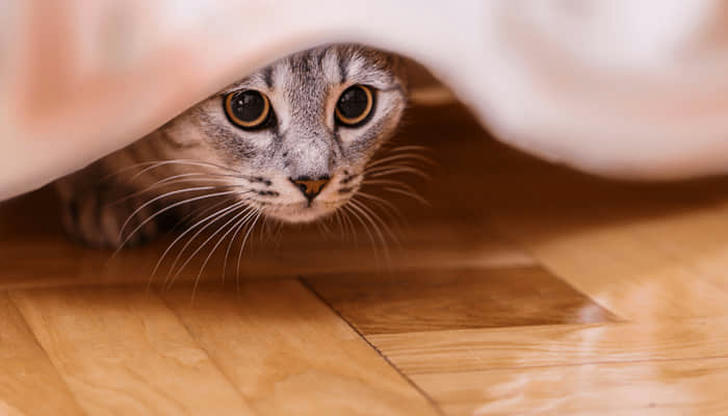
Cats are experts at keeping secrets-especially when it comes to pain or illness. Unlike dogs, who may whine or limp when they're uncomfortable, cats often suffer in silence. It's not because they're stubborn-it's in their nature.
In the wild, showing weakness could attract predators. So over generations, cats have evolved to hide signs of discomfort or disease. As a cat owner, this means you might not notice anything is wrong until your cat is very sick. That's why understanding the subtle signs is so important.
Here's what you should know-and what you should watch for.
How to Tell If Your Cat Is Hiding Pain or Illness
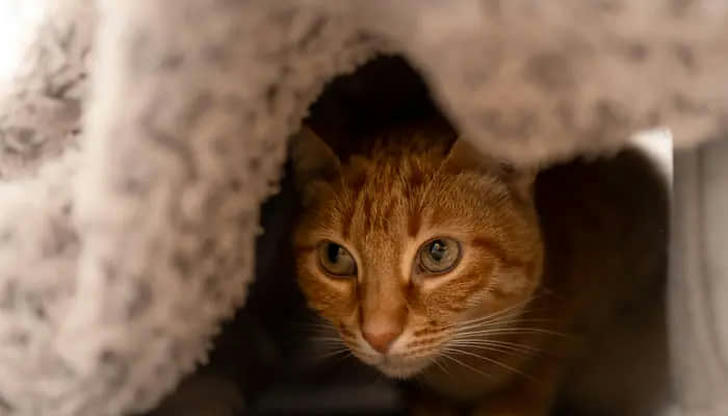
1. Watch for Changes in Behavior
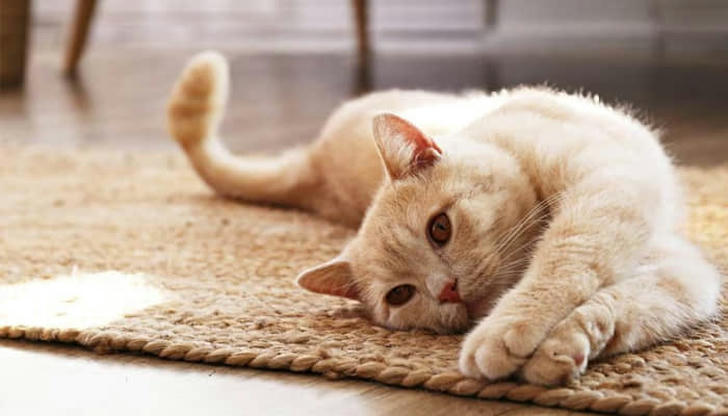
One of the earliest and most important signs that something is wrong is a change in how your cat behaves.
- More withdrawn or hiding more often
- Suddenly clingy or needy
- Irritability or aggression
- Lack of energy
Note: Hyperactivity, especially paired with loud nighttime howling, may signal a condition like hyperthyroidism.
2. Look at Body Language and Posture
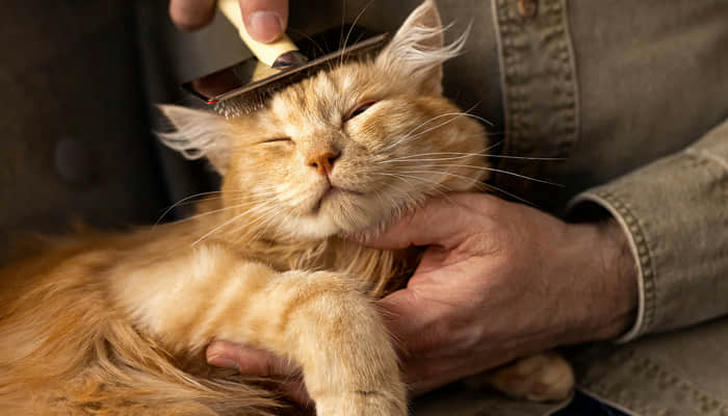
Cats express discomfort through their body-sometimes subtly.
- Hunched sitting
- Tail position
- Head tilt or low head carriage
- Reluctance to jump
- Dragging or not using back legs
This is an emergency. Seek veterinary care immediately.
3. Check Their Coat and Grooming Habits
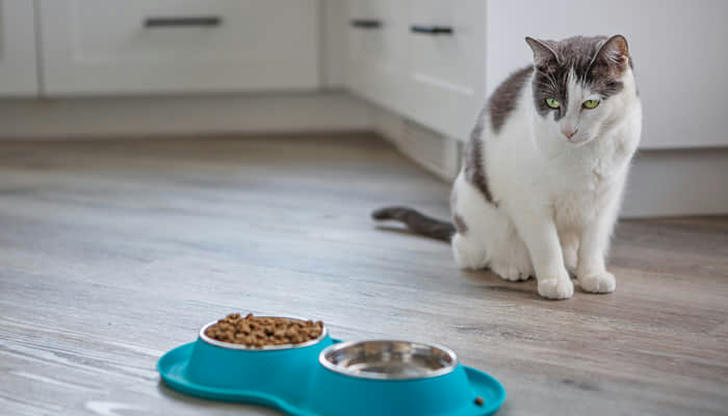
Cats are usually meticulous groomers. A messy appearance can be a red flag.
- Greasy, matted, or dull fur
- Too much grooming
- Bald spots or red, raw skin
- Increased dandruff or shedding
4. Notice Changes in Appetite and Thirst
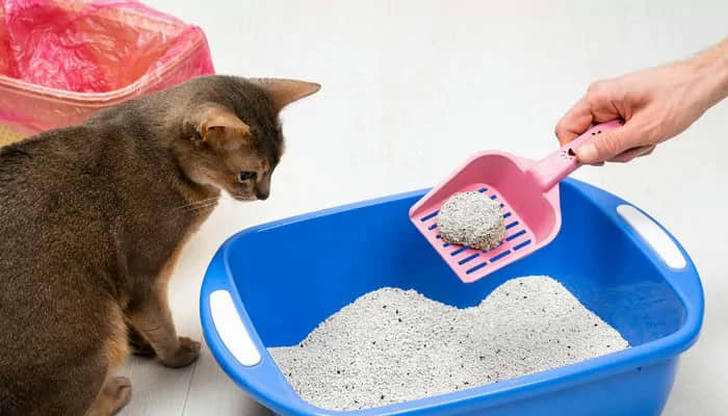
- Not eating for over 24 hours
- Eating more than usual
- Picky eating
- Increased or decreased water intake
5. Monitor Litter Box Habits
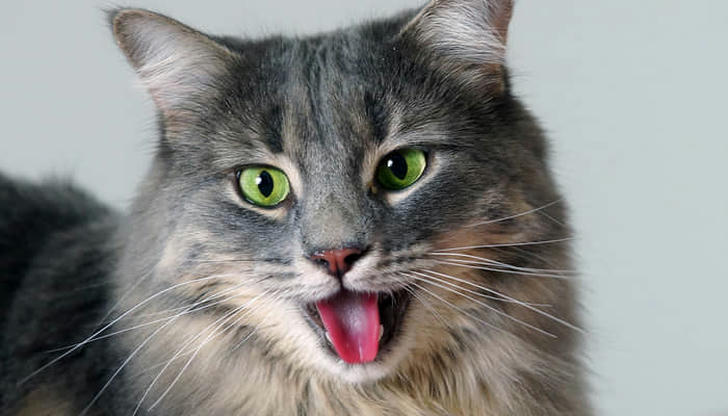
What's in the litter box can tell you a lot.
- Diarrhea or very small, hard stools
- Too much urine
- Not enough urine, or straining
- Licking genitals excessively
6. Pay Attention to Breathing
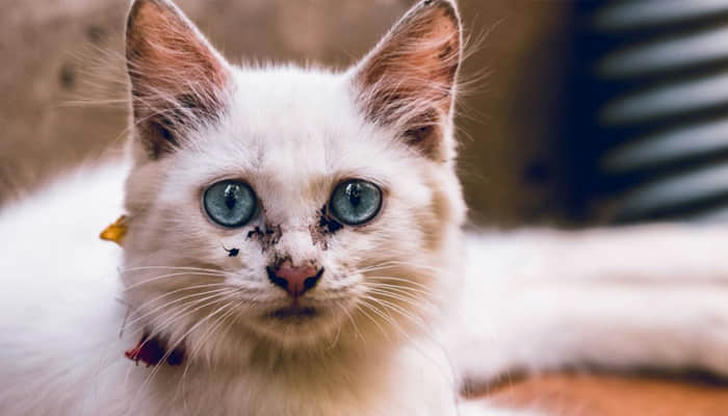
Cats should breathe quietly and through their noses.
- Mouth breathing or panting
- Shallow, rapid, or labored breathing
- Extended neck while breathing
This posture often means the cat is trying to get more air-get to a vet immediately.
7. Eye and Nose Clues
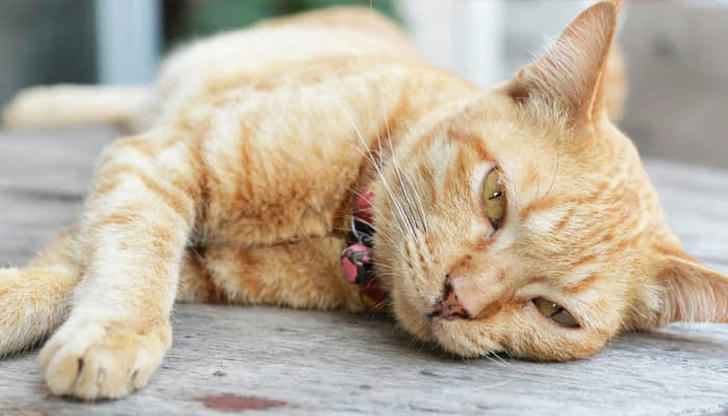
- Discharge from the eyes or nose
- Squinting or droopy eyelids
- Unequal pupils or a visible third eyelid
8. Other Subtle But Serious Signs

- Vomiting (especially foam or bile)
- Excessive drooling or bad breath
- Unusual body odors
- Pale, yellow, or blue gums/eyes
When in Doubt, Act Quickly
If your cat shows any of the signs above, don't wait. Cats often don't "look sick" until a condition is advanced. A delay of even 24 hours can make treatment harder-or in some cases, too late.
Take action if:
- Your cat stops eating for more than 24 hours
- You see breathing problems
- Your cat strains in the litter box
- There are eye changes or serious behavior shifts
Your veterinarian is your best partner in keeping your cat healthy. Routine wellness checks (at least once a year, ideally twice) can catch silent problems before they get serious.
Final Tip: Know What's Normal
Take a few minutes every week to gently examine your cat: run your hands along their body, check the eyes and ears, monitor their weight, and look in the litter box. When you know what's normal, you'll spot what's not.
Remember: cats may not speak our language-but their bodies do. Learn to listen, and you could save their life.
